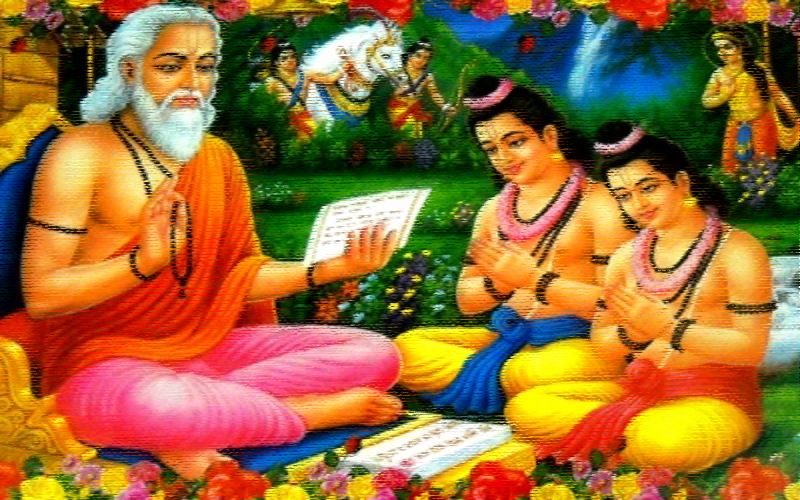
Our ancient scriptures mention that 24 Rishi-s (Sages) had understood the complete meaning of Gayathri Manthra and therefore they were able to wield the power of the same. Sage Vishwamithra (Creator of the Gayathri Manthra) was said to be the first and Yagnyavalkya was the last. Brahmarishi Vishwamithra was a near-divine-being who is said to have authored the Mandala 3 of Rig Veda. He is one of the most venerated sages of India
Vishwamithra was known as Kaushika. His great grandfather, Kusha, had been a great king. The sage belonged to the Amavasu Dynasty. Gaadhi happened to be the father of Vishwamithra and Sathyavathi. Sathyavathi married Ruchika of the Brighu Dynasty. Ruchika desired to have a son with the qualities of a Brahmin and therefore he gave his wife, Sathyavathi, a Charu (Sacrificial Offering). He gave one more chaaru for Sathyavathi’s mother with the idea of helping her to get a child with warrior like qualities. However, both the chaaru-s were exchanged and Vishwamithra came in as the son of Gaadhi while Sathyavathi gave birth to Sage Jamadhagni.
It is also stated that Vishwamithra ruled over Mahodayapura and that one day he asked Sage Vasishta to handover the all-giving divine cow Kamadhenu to him. Vasishta had stated that he was only a custodian and therefore refused to part with the cow. The arrogant Kaushika attacked the aashram to seize the cow, but Kamadhenu produced soldiers and they destroyed the army of Kaushika. Vishwamithra (Kaushika) was saved by Vamadeva, and he undertook a series of penances over a long time and finally became a Brahmarshi.
Vishwamithra had once caused a lot of trials and tribulations to Raja Harishchandra. The king emerged successfully later. Vishwamithra took the Bharatha-s to the western side, and this goes on to prove that the Aryans actually moved from India to the rest of the world. The book, ‘Return of the Aryans,’ by Bhagavan S. Gidwani talks in length about the journey of the Aryans. The notable scholar, Shrikant Talageri, is the other person of eminence who refutes the Aryan Invasion Theory.
A humiliated Vishwamithra prayed to Lord Shiva and acquired the knowledge of all the celestial weapons. Armed with the same, he attacked Vasishta once again but the Brahmadhanda (A wooden stick imbued with the power of Brahma) of Vasishta took care of all his weapons. Vishwamithra had to give up and he understood that becoming a Brahmarshi was more important. He did a lot of penance and finally he was given the Rajarshi title. The sage was told that a lot more of penances had to be performed to become a Brahmarshi.
Meanwhile, Trishanku approached Sage Vasishta and sought his help to reach heaven with the human body. However, Vasishta refused and sought the help of Vishwamithra. Kaushika was now Vishwamithra and he performed a yagnya through which Trishanku was made to go into the skies. But Devendra pushed him back and Trishanku began to fall down. Vishwamithra stayed the fall and created another heaven around him. This establishment is known as ‘Trishanku Swargam’ (Trishanku’s heaven) (Crux Constellation in modern context).
Vishwamithra realized that individuals like Trishanku were coming in the way. He once again performed severe austerities and he was declared a Maharshi by Lord Brahma. He was told that patience and penance had to go hand in hand for attaining a Brahmarshi status. Therefore, he started meditating once again, but Indra would have none of it. He sent the heavenly nymph, Apsara Menaka, and she managed to seduce Vishwamithra. The sage cohabited her for some time, but his focus donned upon him once again. Menaka moved away while also delivering Shakunthala, the daughter of Vishwamithra. She left the child at the aashram of Sage Kanva before moving away from the scene. The story of Shakunthala and Dushyanta had been immortalized by Poet Kalidasa. The son of Bhaaratha (Son of Shakuntala and Dushyanta) was a great ruler and our country Bharatha Varsha got named after him.
Vishwamithra continued with his penance but was once again disturbed by the heavenly nymph, Rambha, but he cursed her while performing austerities on the banks of Godavari. Maharshi Vishwamithra moved to the highest mountain in the Himalayan Range and began to perform severe tapas. This went on for more than a thousand years. He stopped eating and his breathing was maintained at a bare minimum level. After a long time, the sage tried to have some breakfast, but Indra came in as a poor Brahmin and sought some food. Vishwamithra gave away his food and resumed his austerities. He mastered his passions and thereafter he could not be provoked again. It was not any more possible to disturb his penance with the aid of a seductress.
The multi-thousand years penance of Vishwamithra brought his yogic power to its peak. Brahma and the deva-s intervened and Maharshi Vishwamithra was conferred the Brahmarshi title. Finally, his arch-rival, Vasishta acknowledged Vishwamithra as a Brahmarshi. Even today, the famous Tamil proverb, “Vasishtar Vaayala Brahmarishi” (One who is declared as the Brahmarshi by Vasishta) continues to be popular, also communicating that an acknowledgement or recognition has to come from a rival.
Vishwamithra is one of the Saptha rishi-s (Seven sages) and these sages survive through a complete manvanthara which equals 306,720,000 human years. The ‘Shathapaatha Braahmana’ acknowledges Attri, Bharadwaja, Gautama, Jamadhagni, Kashyapa, Vasishta, and Vishwamithra as the saptha rishi-s. The ‘Brihadharanyaka Upanishad’ also acknowledges the same. A new set of saptha rishi-s will take care of the next manvanthara, Saavarni. The current manvanthara where Vishwamithra serves as one of the saptha rishi-s is known as Vaivaswatha Manvanthara.
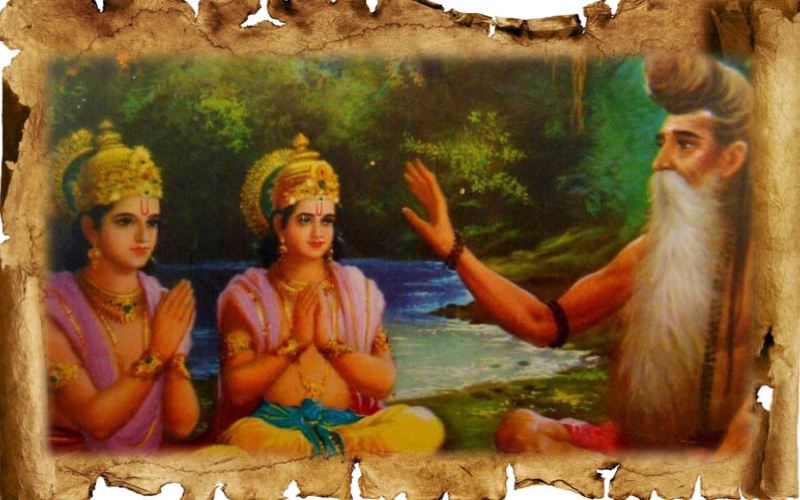
Brahmarshi Vishwamithra played an important role in ‘Ramayana.’ He visited Dasharatha and sought Rama to protect a yagnya. Rama and Lakshmana accompanied Vishwamithra to the forest and in the process, the great sage shared his knowledge of all the celestial weapons to them. He had given them the bala and athibala manthra-s and this helped the young princes to be free from hunger, and sleep. Vishwamithra woke up the young princes with the verse,
“Kausalya Supraja Rama...”
And these lines were used by Prathivaadhi Bayankaram, Annangaacharya, as the starting line of the ‘Venkateshwara Suprabhaatham.’
He took Rama and Lakshmana to Mithila and ultimately it was with the consent of Vishwamithra that Rama broke the Bow of Shiva and married Seetha. Shunashepa, Madhuchandha, Ashtaka, Sushrutha, and Shakunthala were among many of his children. Vishwamithra has a gotra named after him and his Gayathri Mantra is recited by millions even today.
A movie on Vishwamithra starring Sivaji Ganesan was shot in Tamil, while a tele-serial on the sage was a rage those times. The comic, ‘Vishwamithra,’ by Amar Chitra Katha was extremely popular among the kids and several plays were also based on the life of the famous sage.
It is our good fortune to be born in Bhaaratha, the land of Vishwamithra.
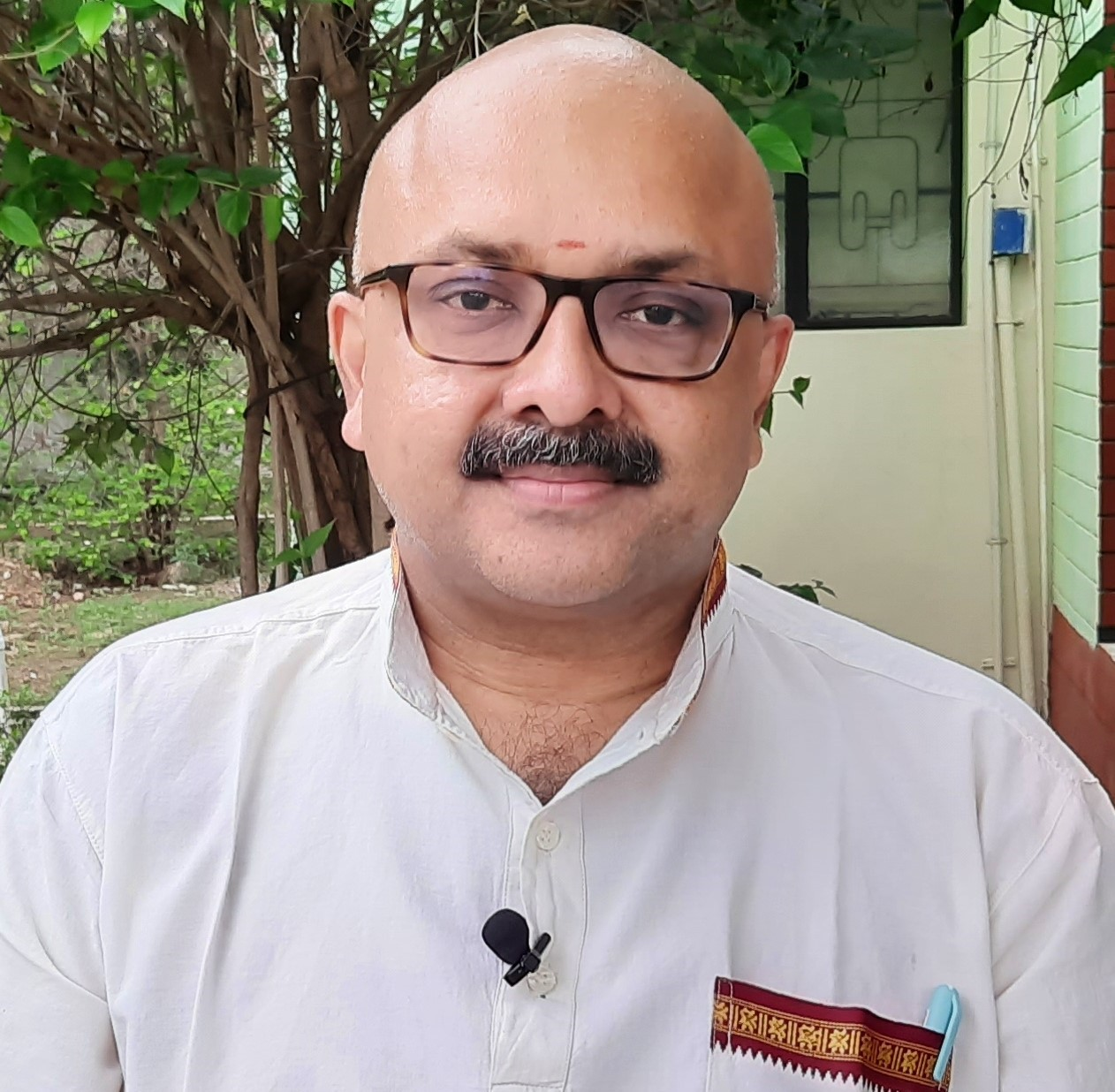
Mr. Rajesh Govindarajulu is one of the founding members of the Verandah Club Pvt. Ltd. He is a leading columnist, historian, jeweler, entrepreneur, and a heritage enthusiast who is earnestly working to revive the past in the light of the present. Experiential learning about the history of Coimbatore is his main course of interest and he is also a panel member of many colleges in the city.
NEXT ARTICLE
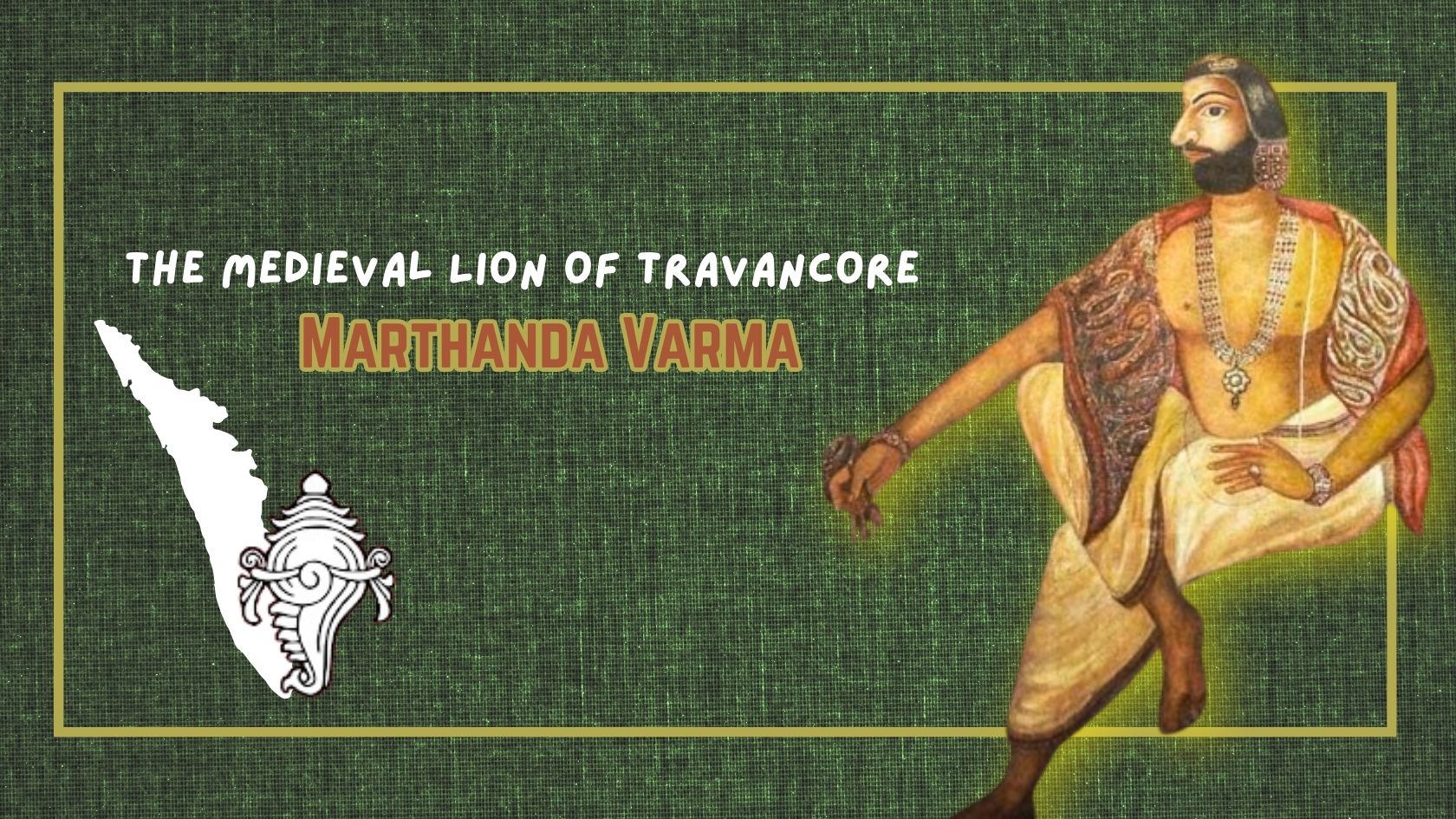
Shri Ramachandra Prasad's captivating narrative and the hot chai that was served at the right time transported me to ancient Kerala, where the extraor...
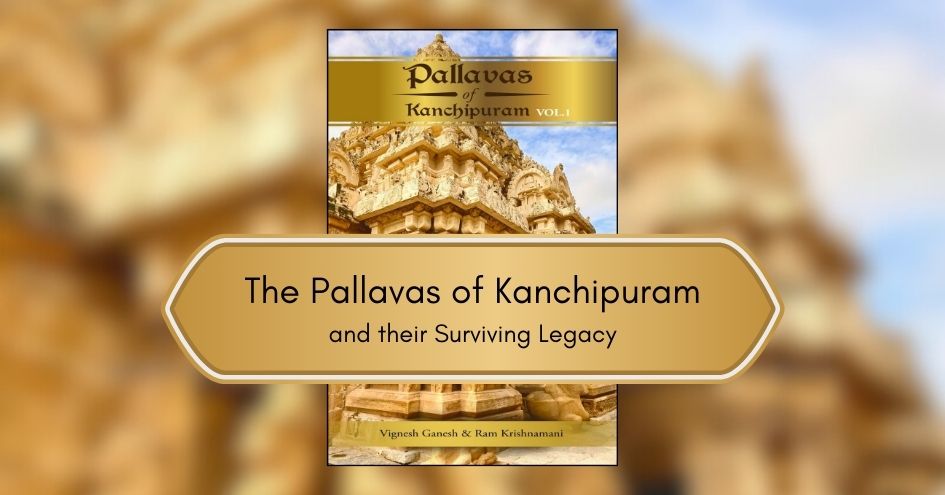
Introduction In Bharatvarsha, History is not the account narrated by victors. It is the record left behind by survivors. The study of Indian History...
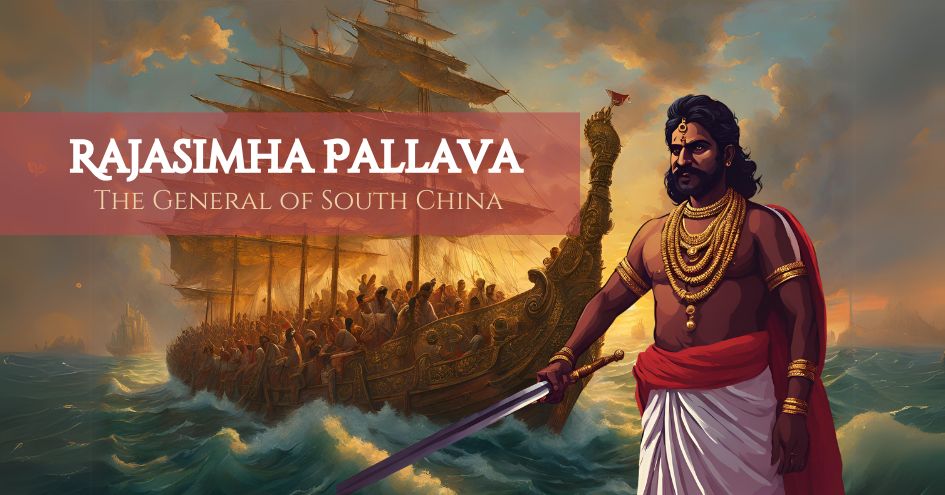
It is the first-half of the 8th Century C.E. in South India. The Pallava kingdom possesses strength and prosperity with some of the greatest monument...